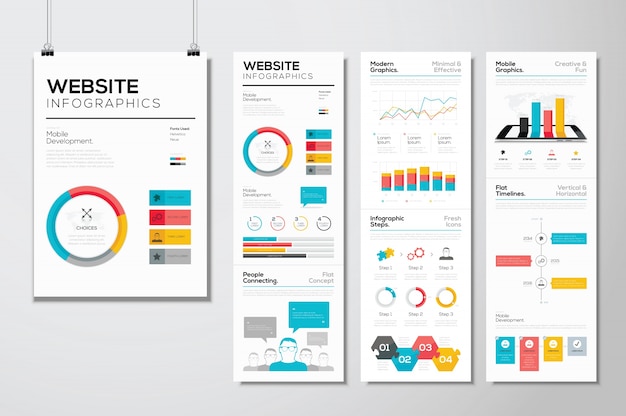Fascinated In Finding Out Just How Site Layout Has Transformed Throughout The Years? Discover The Trip
Fascinated In Finding Out Just How Site Layout Has Transformed Throughout The Years? Discover The Trip
Blog Article
Created By-Tobiasen Hyldgaard
In the past, websites were basic and focused on information. Navigation was straight, and design was for desktop computers. Currently, individual experience is essential. Information overviews layouts for simple navigation. Responsive layouts suit different devices. Today, dark setting reduces strain, and minimal food selections improve navigation. Interactive attributes involve users, and vibrant visuals stand out. Read More Here enhances interaction. See just how design has progressed to boost your online trip.
Early Days of Web Design
In the very early days of website design, simpleness preponderated. Internet sites were standard, with restricted shades, font styles, and layouts. The focus was on supplying info as opposed to showy visuals. Users accessed the web with slow-moving dial-up links, so rate and performance were essential.
Navigating food selections were straightforward, typically situated on top or side of the page. Websites were designed for computer, as mobile surfing wasn't yet common. Material was king, and designers prioritized simple readability over complicated style elements.
HTML was the primary coding language utilized, and designers had to work within its restrictions. Computer animations and interactive functions were very little compared to today's standards. Sites were static, with little vibrant web content or customized individual experiences.
Surge of User-Focused Layout
With the advancement of web site style, a shift towards user-focused design principles has actually ended up being increasingly popular. Today, creating websites that focus on customer experience is critical for engaging visitors and accomplishing organization objectives. User-focused design involves recognizing the needs, choices, and actions of your target audience to tailor the web site's format, web content, and features appropriately.
Designers now conduct detailed research study, such as individual studies and use screening, to collect insights and feedback straight from individuals. This data-driven strategy assists in developing intuitive navigation, clear calls-to-action, and visually attractive user interfaces that reverberate with site visitors. By putting the user at the center of the layout process, websites can supply a more customized and delightful experience.
Receptive design has additionally become a vital aspect of user-focused layout, ensuring that web sites are maximized for various tools and display sizes. This adaptability improves accessibility and use, accommodating the diverse ways customers connect with sites today. Basically, the increase of user-focused design represents a change in the direction of developing digital experiences that focus on the requirements and expectations of the end individual.
Modern Trends in Web Design
Discover the most up to date fads forming web design today. One popular pattern is dark setting design, using a smooth and modern-day appearance while reducing eye stress in low-light settings. An additional vital pattern is minimal navigating, streamlining menus and enhancing customer experience by focusing on essential elements. Incorporating micro-interactions, such as computer animated buttons or scrolling results, can develop a more interesting and interactive website. Receptive style stays vital, making certain seamless user experiences throughout different devices. In addition, using strong typography and asymmetrical formats can include aesthetic rate of interest and draw attention to details material.
Incorporating AI modern technology, like chatbots for consumer assistance or customized suggestions, improves user involvement and simplifies processes. Accessibility has also end up being a significant fad, with developers focusing on inclusive layout methods to deal with diverse individual needs. Embracing sustainability by enhancing site efficiency for speed and performance is another emerging trend in website design. Working together with user comments and data analytics to iterate and enhance design constantly is vital for staying appropriate in the ever-evolving digital landscape. By embracing these modern patterns, you can produce a visually appealing, easy to use site that resonates with your audience.
Conclusion
As you reflect on the advancement of website design from the early days to currently, you can see just how user-focused style has actually ended up being the driving force behind modern fads.
Embrace the trip of modification and adjustment in web design, always keeping the user experience at the center.
Tippingpointdigital
Remain present with the latest trends and technologies, and never ever quit developing your technique to develop visually spectacular and user-friendly sites.
Evolve, adjust, and develop - the future of web design remains in your hands.
